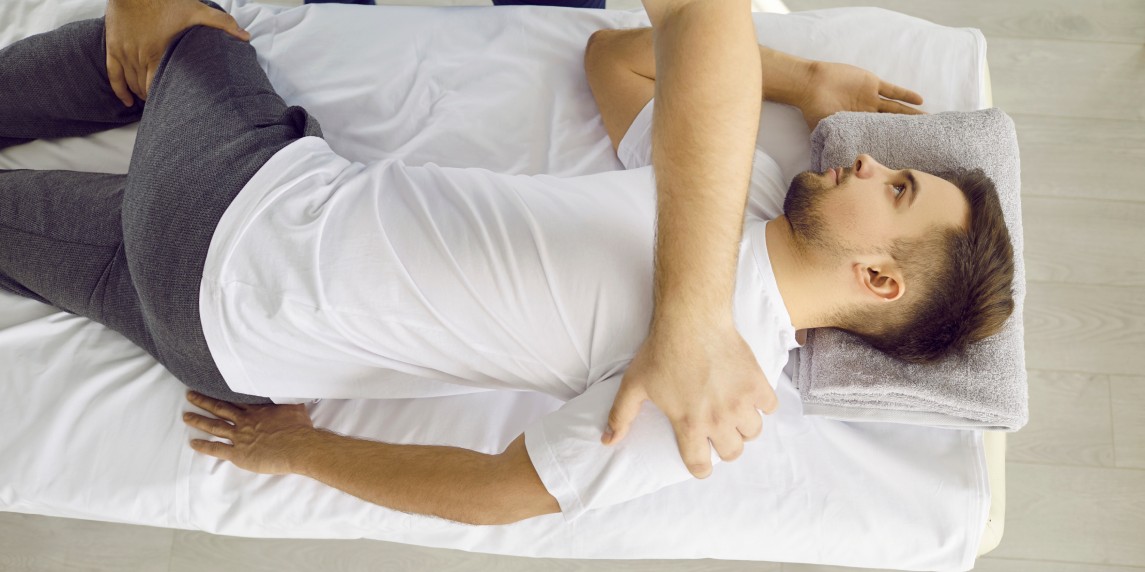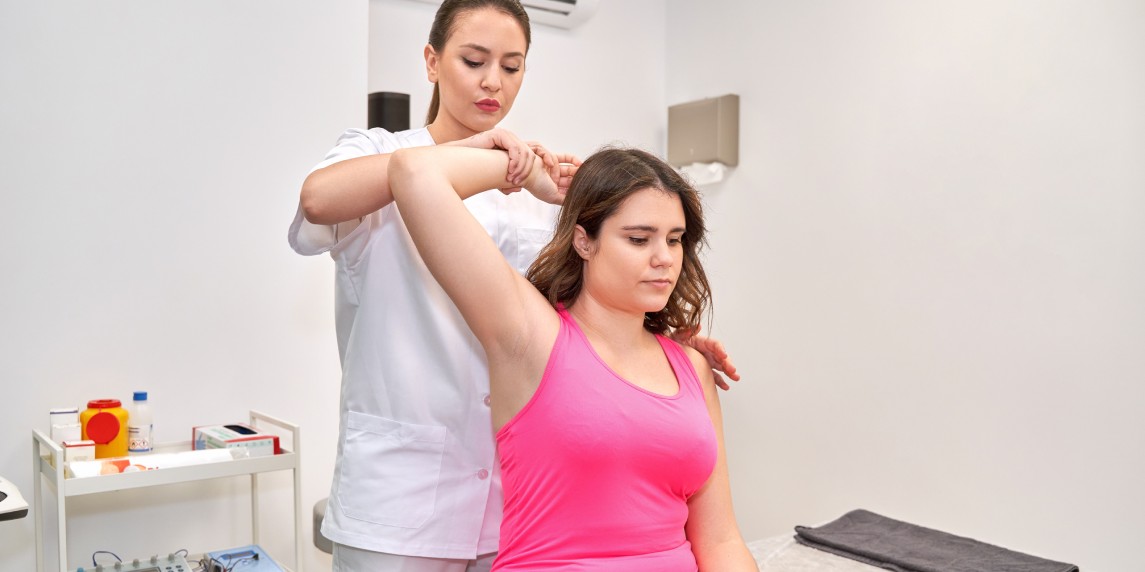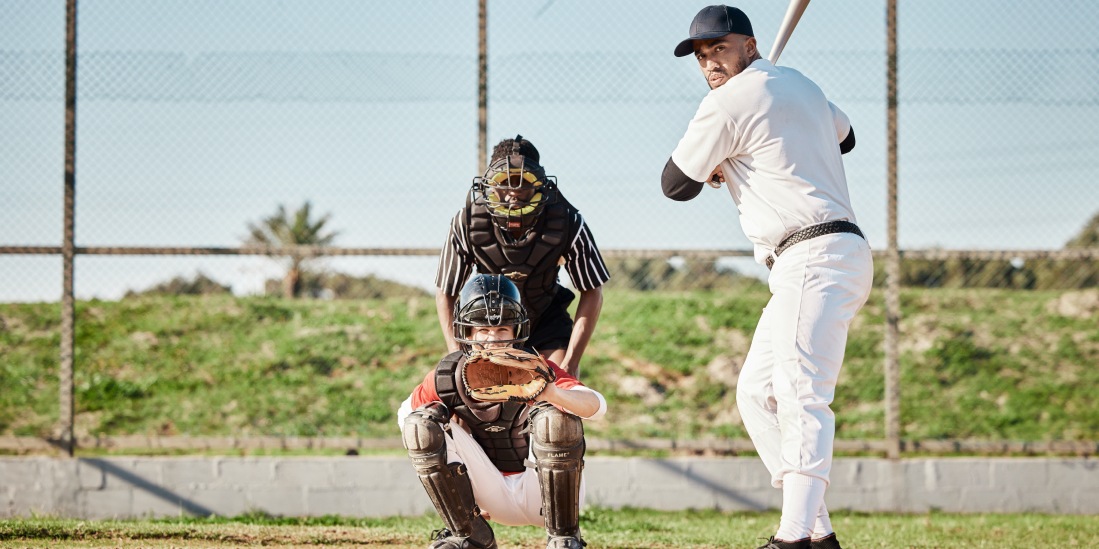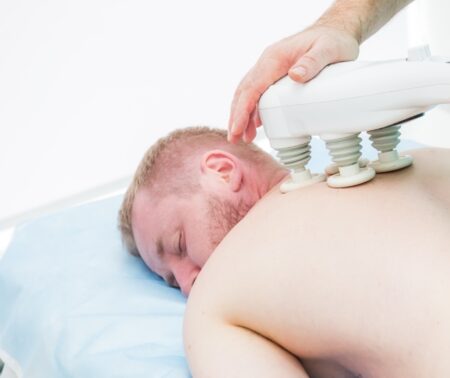Baseball is a sport that demands its players to be in peak physical form. Whether they are pitching, batting, or fielding, they perform repeated movements that put their body under immense stress. This often increases their risk for injury. With baseball season in full swing, players need to be aware of potential injuries to get them treated properly.
Common injuries like rotator cuff injuries, hamstring and groin strains, and lower back pain may not heal effectively with traditional medicine alone. Thus, baseball chiropractic care has become one of the most sought-after practices that supports baseball players during injury and recovery.
Innovative chiropractic techniques help players enhance mobility and performance, prevent injuries, and promote overall well-being.

Common Injuries Affecting Baseball Players
Rotator cuff injuries
This injury occurs mainly due to repetitive overhead throwing motion which is a main part of the sport. These movements lead to micro-trauma and inflammation in the muscles and tendons of the shoulders, making the rotator cuff susceptible to injury.
If a player has a rotator cuff injury, they will feel pain, weakness, and limited range of motion in the shoulder, particularly while performing throwing or lifting activities. To prevent this injury, players can engage in strengthening exercises for the rotator cuff muscles, incorporate proper warm-up and stretching routines into their regimen, and maintain good throwing mechanics.
A combination of preventive measures and timely treatment can help baseball players manage and recover from rotator cuff injuries effectively.
Ulnar collateral ligament (UCL) tears
Baseball pitchers usually suffer a common injury called ulnar collateral ligament tear, which is often caused by repetitive stress being placed on the elbow joint during pitching. This stress gradually leads to degeneration of the ligament over time.
To prevent UCL tears, pitchers can focus on maintaining proper pitching mechanics, get adequate rest between pitching outings to allow the ligament to recover and add arm care exercises into their training regimens to strengthen the muscles around the elbow joint.
Treatment for UCL tears may involve rest, rehabilitation exercises to improve elbow stability and range of motion, and platelet-rich plasma (PRP) therapy to promote healing. In severe cases where traditional medicine fails to provide relief, surgery, such as Tommy John surgery, will be required. This surgery helps to reconstruct the damaged ligament and restore elbow function.
Elbow tendonitis
Elbow tendonitis comprises two medical conditions, namely, golfer’s elbow and tennis elbow. This injury occurs with repetitive stress placed on the tendons around the elbow joint while bowling or batting.
To avoid elbow tendonitis, players should gradually increase throwing intensity, follow proper warm-up and cool-down routines, and include forearm muscle strengthening exercises in their training.
By adopting preventive measures and seeking appropriate treatment, baseball players can effectively manage elbow tendonitis and minimize its impact on their performance and overall well-being.
Hamstring and groin strains
Hamstring and groin strains are a common sports injury among baseball players. It usually occurs when the muscles at the back of the thigh are overworked and stretched beyond their limits, often during sprinting, sliding, or sudden speeding and stopping.
Symptoms include sharp pain or cramping in the back of the thigh, swelling, bruising, and difficulty walking or running.
Preventive measures such as regular stretching and strengthening exercises can help the hamstrings and groin. Furthermore, proper warm-up routines and gradual progression of running intensity can help minimize the risk of these strains.
Treatment typically involves the RICE protocol (rest, ice, compression, elevation), along with physical therapy and a gradual return to activity to ensure full recovery and prevent re-injury.
Ankle sprains
Ankle sprains are another common injury that baseball players face. It is usually caused by the stretching or tearing of ligaments surrounding the ankle joint, usually due to sudden twisting or rolling motions during running, fielding, or sliding. An ankle sprain will cause pain, swelling, bruising, instability, and difficulty bearing weight.
To prevent an ankle injury, players should wear proper footwear with ankle support, perform strengthening exercises for the ankle stabilizing muscles, and add proprioceptive training. Treatment here also involves the RICE protocol of rest, ice, compression, and elevation, along with bracing, physical therapy, and a slow return to the field.

3 Innovative Chiropractic Techniques For Baseball Players
Chiropractic care as an injury prevention and recovery support has become a valuable practice for baseball players. These techniques will help baseball players avoid injury or get the treatment they need for full recovery and reduce the risk of re-injury.
These three innovative chiropractic techniques are:
Spinal alignment techniques
Baseball chiropractors use gentle spinal adjustments to align the spine. This improves the overall body function and reduces the risk of injury for a baseball player by enhancing joint mobility and easing tension. There are three types of spinal adjustments, these are:
-
Adjustment for thoracic spine mobility
The thoracic spine is integral to baseball movements like throwing, swinging, and fielding. Chiropractic adjustments aim to optimize thoracic spine mobility, alignment, and range of motion. Through techniques like spinal manipulation and mobilization, chiropractors address restrictions or misalignments in the thoracic vertebrae, enabling players to execute fluid and efficient movements during gameplay.
-
Sacroiliac joint mobilization
The sacroiliac joint (SI joint) plays a vital role in transmitting forces between the lower body and the spine during baseball activities. Chiropractors utilize gentle mobilization techniques to restore SI joint function, alleviate pain, and enhance stability. By optimizing SI joint mechanics, players can generate power and rotational force more effectively, leading to improved throwing velocity and batting performance.
-
Cervical spine alignment for head and neck control
The cervical spine supports the head and facilitates crucial movements involved in tracking the ball, maintaining balance, and avoiding injuries like whiplash. Chiropractic adjustments focus on aligning the cervical vertebrae, relieving tension in neck muscles, and promoting proper head positioning. Enhanced cervical spine alignment enhances players’ ability to track pitches, react swiftly to game situations, and minimize the risk of neck-related injuries.
Soft tissue therapy technique
Baseball players rely heavily on their mobility and flexibility to perform their best on the field. However, the repetitive nature of baseball movements can lead to tightness and overuse of various muscle groups.
To address these issues and optimize performance, baseball chiropractors and soft tissue therapists employ specialized techniques designed to release tension, improve flexibility, and promote tissue health. These are:
-
Active Release Technique (ART) for shoulder flexibility
Baseball players often experience tightness and adhesions in shoulder muscles due to continuous and repetitive throwing motions. ART, a soft tissue therapy, involves applying the right tension and movement to break up scar tissue and adhesions of the muscles, tendons, and ligaments. By targeting muscles like the rotator cuff and deltoids, ART promotes flexibility, reduces inflammation, and enhances shoulder stability, which is crucial for pitchers and outfielders.
-
Graston Technique for elbow and forearm health
Pitchers, in particular, are susceptible to overuse injuries like ulnar collateral ligament (UCL) tear. The Graston Technique uses specialized instruments to detect and treat soft tissue restrictions and adhesions in the elbow and forearm muscles.
By breaking down scar tissue and restrictions, Graston Technique restores optimal tissue function, reduces pain, and accelerates the healing process, enabling pitchers to maintain arm health and endurance throughout the season.
-
Instrument-Assisted Soft Tissue Mobilization (IASTM) for hip flexor flexibility
Proper hip mobility is required for generating power during batting, running, and fielding in baseball. IASTM involves using ergonomic instruments to apply controlled pressure and friction to the hip flexors, glutes, and IT band. This technique helps release tension, improve flexibility, and correct imbalances in the hip muscles, allowing baseball players to achieve a more extensive range of motion, enhance stride length, and prevent hip-related injuries.
If you suffer from hip pain, come visit us, find the location for you:
- Hips Medicine Sawtelle
- Hips Medicine Century City
- Hips Medicine West Los Angeles
- Hips Medicine Culver City
- Hips Medicine Marina del Rey
- Hips Medicine Venice
- Hips Medicine Bel Air
- Hips Medicine Beverly Hills
- Hips Medicine Westwood
- Hips Medicine Brentwood
- Hips Medicine Pacific Palisades
Functional movement assessment
This assessment plays an important role in enhancing player performance and reducing the risk of injuries. Functional movement therapy relies on techniques such as Dynamic Neuromuscular Stabilization (DNS) and Selective Functional Movement Assessment (SFMA), which play an important part in evaluation and injury prevention strategies.
By analyzing core stability, posture, movement patterns, and biomechanical efficiency, these tools provide valuable insights into players’ physical capabilities and areas for improvement. The techniques used are as follows:
-
Dynamic Neuromuscular Stabilization (DNS) for core stability
Core strength and stability are key to generating power and transferring energy efficiently in baseball movements. DNS includes the principles of developmental kinesiology to assess and enhance core stability, posture, and movement patterns.
By doing so and targeting deep muscles and activating neurodevelopmental reflexes, DNS helps with optimal neuromuscular control, balance, and coordination for baseball players. They can benefit from DNS exercises and drills to improve trunk stability, reduce the risk of low back pain, and optimize athletic performance on the field.
-
Selective Functional Movement Assessment (SFMA) for movement dysfunction screening
SFMA is a comprehensive movement assessment tool that identifies dysfunctional movement patterns and possible imperfections that contribute to injury risk in baseball players. Chiropractors utilize SFMA to evaluate players’ mobility, stability, and motor control through a series of movement tests and corrective exercises.
By addressing the player’s underlying movement dysfunctions and patterns, SFMA helps baseball players enhance biomechanical efficiency, minimize injury susceptibility, and optimize athletic function across multiple planes of motion.

All Set?
These three innovative chiropractic techniques are holistic approaches that can enhance performance and prevent injuries. By putting the focus on spinal alignment, soft tissue therapy, and functional movement assessment, chiropractors in Santa Monica can address imbalances, enhance flexibility, and promote neuromuscular efficiency, which is important for success on the baseball field.
If you are struggling with a baseball injury and unsure what to do or want to seek assistance on how chiropractic care can prevent baseball injuries, book a consultation with Dr. Roy Nissim. Visit our website or call us at (888) 547-1699.





